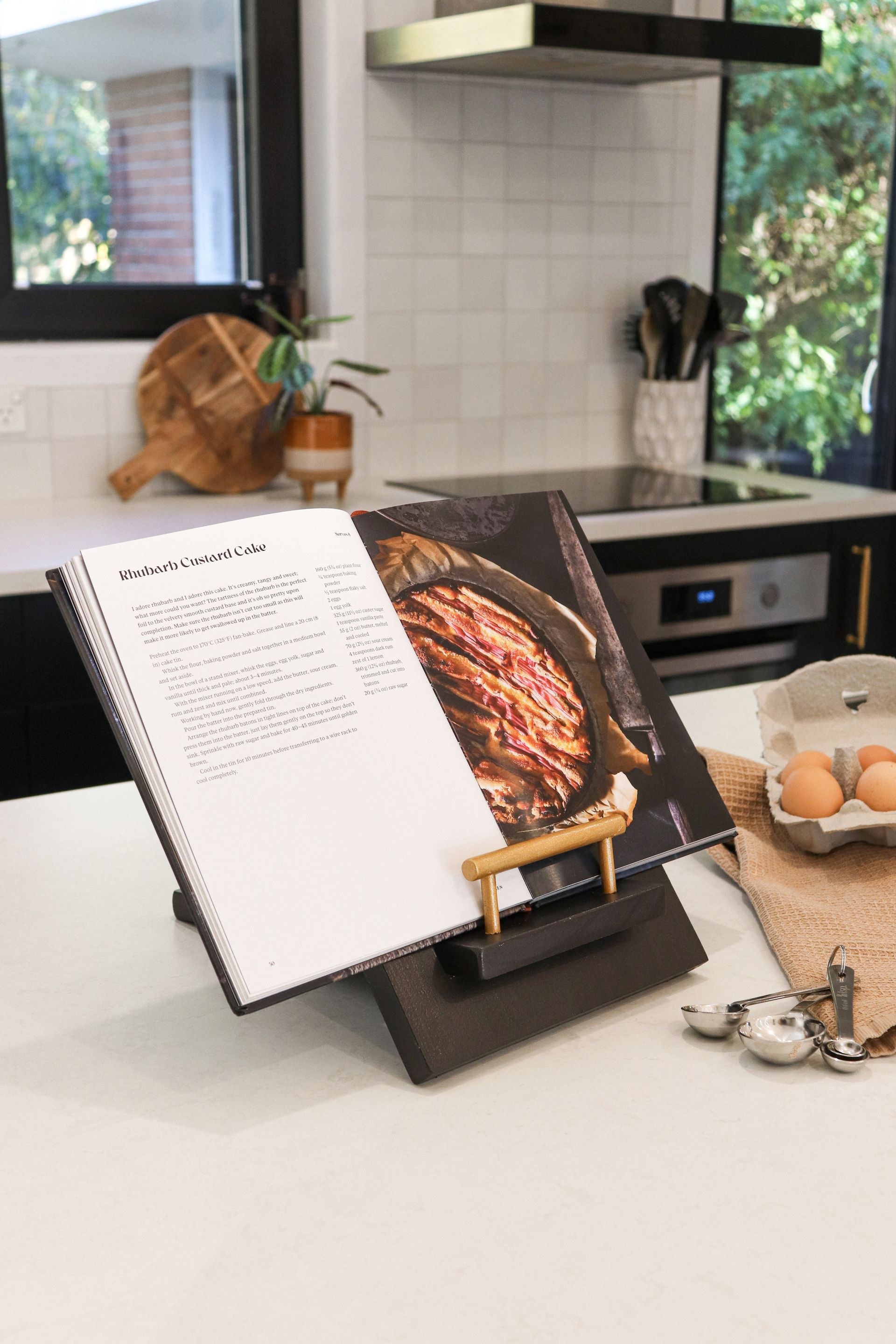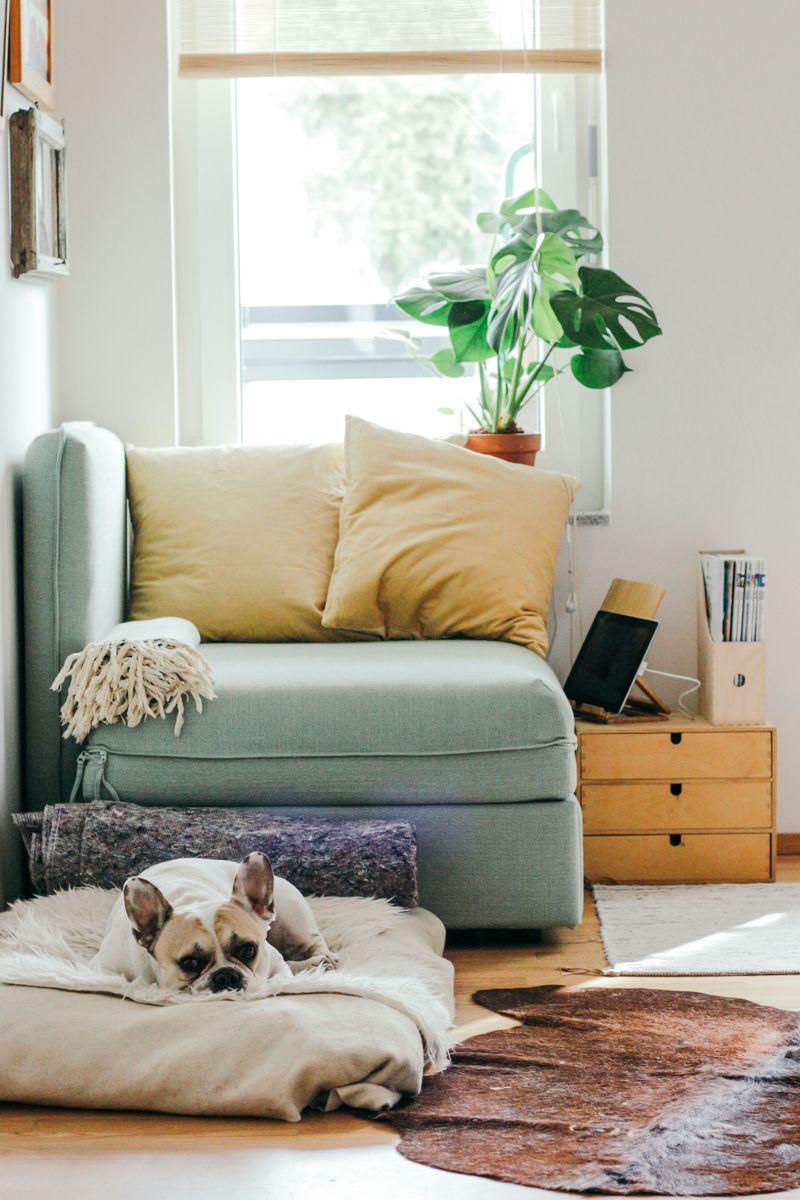Cake baking, bread making, craft creating – lockdown teased out the domestic and the artistic in many of us. ‘Staying home and saving lives’ also gave us a chance to reassess ours.
A chance to quit the ‘too busy’ ruse and weigh up our personal priorities as carefully as the grated cheddar flakes in our cheese scone mix. From the mindful, ‘being present in the moment’ to the personal – what is my ideal work/life balance? to the practical – now is the perfect time to sort out the vege patch/garage storage/wardrobe mess.
As a writer and stylist who is also a 62-year-old granny, I am passionate about fashion. It has been a delight and a fixation since I was a toddler and much of my business since I was about 22. But even I was shocked, once Cindy ordered me to stay at home, how quickly an Inner Slob muscled its way into my sartorial psyche. For the first week or two, I revelled in the relaxed slackness of big knits, never-seen-the-running track pants and knackered, bald-toed slippers that I kept for comfort after my bunions were recently sent on their way. Snowy-rooted hair scraped into a pony, make-up bag and jewellery box ignored, like showy but superficial friends now de-friended. Nothing to see here. No one, certainly not my short-sighted husband or adult children zoomed on my laptop, to care.
Except I did. I cared. Because I felt ‘undone’ and ‘un-lovely’. Not giving a stitch about how you look has its downside, I discovered. In less than the time it takes to press a mess of wrinkled cotton into a crisply ironed classic, staple-of-every-wardrobe white shirt, I was reminded that, for Cinderellas like me, getting dressed is so much more than a clothing cover-up. Fashion is Feel-Good. Separates cauterise stress. Accessorising is mood-altering. Whenever I needed to feel more hopeful, motivated, constructive or in control – which felt necessary considering the media doom around this dastardly, spiky, rather punk-looking virus – I took solace from my wardrobe. Against such a sick global foe, I realised I craved more body definition than elasticated pants and overstretched knits to pull myself together… to feel better about myself and the world. I needed the disciplined orchestration of zips, clips, buttons and belts, the contrast of the lightness and drape of silk, cotton and viscose against the reassuring heft of denim and wool. I loved the distraction of working out what I would wear each day, even if no one was there to see it.
I invited colour into my bubble – the confidence of red that empowers, the passion of pink to hearten, even the moody, denim blues to soothe. While I had no need of Cinderella’s ball gown layers (since my prince has had his dress sword sheathed for nearly 40 years), even a walk in the local park seems so much better when attired in a bright blue top and with posies of florals garlanding my legs… So, using enforced isolation for serious Wardrobe Revision, here are my Lockdown Learnings:
1. Authenticity
We as women get hung up on weight. Never more so than when, in our baking-fuelled bubbles, muffins donated their tops and sourdough mocked our stretchy waistbands. But, I have styled women who varied in body mass from near skeletal to
size 26 voluptuousness and let me stress that great style has nothing to do with size and everything to do with AUTHENTICITY. Truly expressing who you are and being comfortable and confident in the clothes you wear, is the most attractive outcome of all.
2. A Wardrobe Health Check
Successful dressing does mean being organised and analysing what is actually in the wardrobe. If we are not sure what is hanging behind those overstuffed cupboard doors, then it’s easy to get into the habit of buying more of what’s within our clothing comfort zone, rather than evaluating what we need. Shopping can even become an expensive stress release. I once read of a woman who bought a new pair of black pants every time her life felt out of control. Many, many pairs. Unworn. Expensive. A visible symbol of the panic purchase and the fiscal damage when retail therapy bites us in the bum. So, at least twice a year, carry out a wardrobe health check and start writing out a Fit-For-Purpose Script.
If unsure, here are the sort of questions to ask while flicking through those hangers…
1. Do I know my body type and are my clothes flattering?
2. Have I recently lost or gained weight and do my clothes still fit?
3. Does my wardrobe suit my colouring as it is today?
4. Does what I wear reflect my Fashion Personality? This is usually a reflection of your unique personality and is made up of several ‘primary’ and ‘secondary’ traits. If this is not taken into account in how you dress, then your clothes will never feel quite right, even if other factors such as style, colour and shape are spot on.
5. Does my wardrobe work for my current lifestyle (change of job, house, retirement, divorce)?
6. Do I have enough investment pieces – the top management separates that become your wardrobe staples? The clothes that are expensive but – cost per wear – are the best investment you can make.
7. Do I have the right proportion of clothes for the varied occasions in my life (gear for the gym, travel, grand-parenting, special occasions such as weddings etc.)?
8. Does my wardrobe include enough of the necessary ‘linking’ pieces, which allow all my clothes to earn their keep?
9. If some of my clothes no longer fit/perform appropriately, do I love them enough to have them repurposed or do they just hang there, taking up space?
10. Does my wardrobe fit within, or overstretch my budget and do I waste money on buying more of what I already have? Do I spend my hard-earned dollars on clothes I never wear? Why not recoup some of that money by selling them, or gifting them to a charity so that other women can benefit.
Post lockdown, I have emerged with my box-dyed bob revived, thanks to a good cut and colour and with a better perspective of fashion as ‘mood medication’. I have penned a fashion wish-list, set a budget and vowed to hone investment dressing practices, rather than succumbing to the fast-food equivalent of the quick fashion fix. To save money, I am going to invest time in browsing the second-hand shops and in repurposing some special pieces… miracles can happen with the sharp snip of an experienced seamstress.
Finally, I may not hanker after a glass slipper, nor the layers of satin required for a fairy tale gown, but if the story of Cinderella has taught me anything, it is to get out of those dusty old rags and away from the hearth and family theatrics and back into society, dressed in an appropriate manner. At the very least, in a coordinated ensemble, artfully and effortlessly selected from a wardrobe that is now organised, appropriate, budget-friendly and on-trend.
Sara Faull is a Christchurch writer and stylist. Her business, Sage Styling, is designed to help baby boomer women ‘Find Their Fabulous’ by coordinating, layering and repurposing what is already in their wardrobes. For a stylish Wardrobe Health Check contact Sara on sarafaull1@gmail.com
Recent stories




